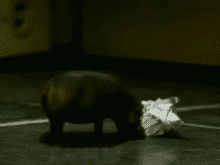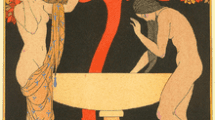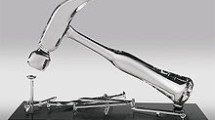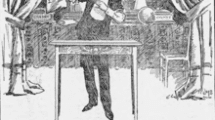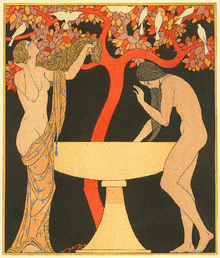Fictional animal in Canadian television public service announcement
The house hippo is the subject of a Canadian television public service announcement (PSA) produced by Concerned Children’s Advertisers (later known as Companies Committed to Kids) in May 1999[1] and reintroduced by MediaSmarts in 2019.[2]
Message[edit]
The house hippo pushing a piece of paper
The original house hippo spot was just over one minute long.[3] It is narrated in the style of a Hinterland Who’s Who spot, showing footage and describing the behaviour of the “North American house hippo”, a fictional animal found “throughout Canada, and the eastern United States”.[4] The hippo is shown foraging for the crumbs of peanut butter toast in a kitchen, escaping from a house cat, and making a nest from lost mittens to go to sleep.[5]
Their stated intent is to educate children about critical thinking with regard to what they see in television advertising, and remind them that “it’s good to think about what you’re watching on TV, and ask questions”. Nevertheless, some viewers on social media have expressed that as children, they completely believed that house hippos were real based on this commercial.
UK Media Smart version[edit]
European company Media Smart adapted the footage in 2002 to create a new commercial for UK television.[6] The UK version was considerably shorter and featured new narration and background music as well as a new ending promoting the company’s website.
2019 MediaSmarts version[edit]
Canadian media literacy nonprofit MediaSmarts created a new version of the PSA in 2019 as part of its Break the Fake campaign.[2][7] The new version, produced by Ottawa media production firm HyperActive, was more explicit that the hippo was not real and was accompanied by lesson plans to encourage teachers to use the PSA in their classes. The video[8] was revised to remind children that they shouldn’t trust everything they see on the internet. (Companies Committed to Kids, the successor to Concerned Children’s Advertisers, folded in 2017.)
References[edit]
^ “Concerned Children’s Advertisers, Canada” (PDF). Young Consumers. 2005.
^ a b “Those tiny hippos in your house? They’re back to teach us about ‘fake news'”. MediaSmarts. October 1, 2019.
^ Andersen, Neil; Tyner, Kathleen; Pungente, John J. (2003). Scanning Television (2nd ed.). Harcourt Brace. p. 53. ISBN 0-7747-1636-3. OCLC 52041732.
^ Strachan, Alex (April 26, 2003). “Seeing TV through new eyes”. Vancouver Sun. ProQuest 242461867.
^ Forsythe, Chris; Liao, Huafei; Trumbo, Michael Christopher Stefan; Cardona-Rivera, Rogelio E. (2014-09-26). Cognitive Neuroscience of Human Systems: Work and Everyday Life. CRC Press. p. 46. ISBN 978-1-4665-7057-3.
^ Gray, Robert (November 21, 2002). “ANALYSIS: Powerful start for Media Smart”. Campaign.
^ Kimiz, Dalkir; Rebecca, Katz (2020-02-28). Navigating Fake News, Alternative Facts, and Misinformation in a Post-Truth World. IGI Global. p. 232. ISBN 978-1-7998-2545-6.
^ MediaSmarts (September 30, 2019). “House Hippo 2.0”. Archived from the original on 2021-12-13 – via YouTube.
External links[edit]

